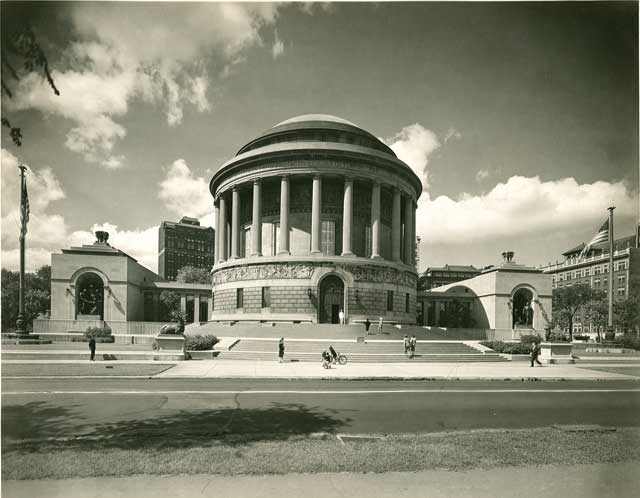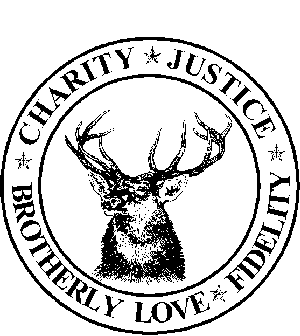Monday, November 9 is the seventy-seventh anniversary of Kristallnacht, the beginning of the Holocaust. This post is in remembrance of the night that changed life for Jews in Germany and Europe.
Late in the
afternoon in Trier Germany, November 9, 1938, there was a bang on the
door on the Klepper home. Outside were 5-6 young men in their late
teens and early twenties who pushed Otille Klepper aside and barged in.
Her husband wasn't home, she was with her small son and their maid Anna. The men
were armed with large sticks and tire irons. As they pushed past Frau Klepper, they hit the mirror of
the hall tree, just inside the front door and shattered it. Frau Klepper grabbed her
five year old son, Manfred and ran out the back door, down the stairs
and into the cellar. They were joined by Anna and the upstairs neighbors. Otille
locked the cellar door from the inside, and waited.
 |
| The Klepper family about 1934. Otille, Manfrred, Charlotte and Moritz. |
Kristallnacht,
November 9 and 10, 1938, the night of the broken glass, marked the beginning of the
Holocaust. On the night of November 9, gangs of young men broke into
and destroyed the homes of Jewish families all over Germany. On November
10, Jewish Temples and businesses were destroyed.

Manfred, known today as Manny, heard the furniture being thrown around and
glass breaking in their home for what seemed like hours. The noise let
up for a few minutes then the gang went up the stairs and destroyed the
neighbor's home. After about 40-45 minutes, the noise stopped. Frau
Klepper and her neighbor unlocked the door and went upstairs. When they
entered the Klepper home, she exclaimed, "Our place is a total disaster and
so is our neighbors." The floor was covered with broken glass and dishes, not a
single dish was left. Their dining room buffet had glass
doors, which were shattered, the drawers were pulled out and the
silverware was dumped on the floor. The furniture was broken, the beds were ripped apart, Glass
shelves in the bedroom were torn down and the china and glass figurines
were thrown on the floor and smashed to pieces. Nothing was
usable. The Klepper home was uninhabitable.
Shortly after
the noise stopped, there was a knock on the back door. Mrs Klepper slowly opened the door and saw four nuns from the Convent behind the Klepper's home. As she let them in, they said
that they had heard the noise, and wondered what happened. They took
a look around and left. Soon four more nuns came in with
brooms, shovels and buckets. Manny's mother, her neighbor
and the nuns began to clean up the mess. It took them all night and
part of the next day to clear out the debris from the two homes. Manny
and the neighbor children stayed in the cellar while the cleanup was
taking place. When the two places were cleaned up, the nuns brought food and new
dishes for the families.
 |
| Trier is one of the oldest cities in Europe. The Porta Negra is an ancient Roman building in Trier. |
Manfred Klepper, Manny, as he is known today,
was born in Trier on November 18, 1931. He lived with his family Mering, a
small village outside of Trier, where they owned a general store. Most
of his family was in the farming business, one side of the family raised
cattle, the other side owned vineyards.
In 1937, Manny and his parents moved into to Trier. They lost their business to the Nazis, so they moved in with the grandparents. Since the Nazi party and Hitler took control of Germany in 1933,
life for the Jews became difficult. There were boycotts of Jewish
businesses and Jewish people were continually harassed. In 1937, a
large Nazi Rally was held in Trier making their situation more and
more dangerous. The Kleppers had relatives in the United States, so they decided to leave Germany and come to America. But US
foreign policy made it difficult for Jews to get permission to immigrate
and it often took a long time to get the paper work together. Manny's
grandparents' and sister's papers came through first, and they left
Germany in 1938.
 |
| Nazi Rally in Trier, 1937 |
Manny Klepper is my brother-in-law. He frequently speaks
about his Kristallnacht experiences in Lousiana. His story
continues in my next blog entry:
After the Kristallnacht









